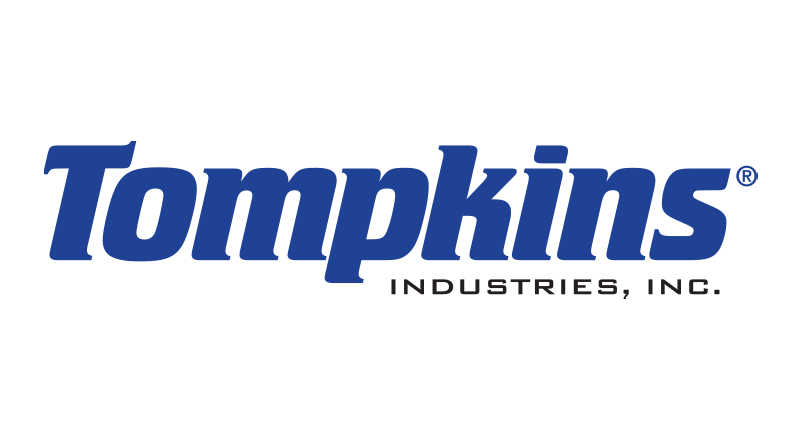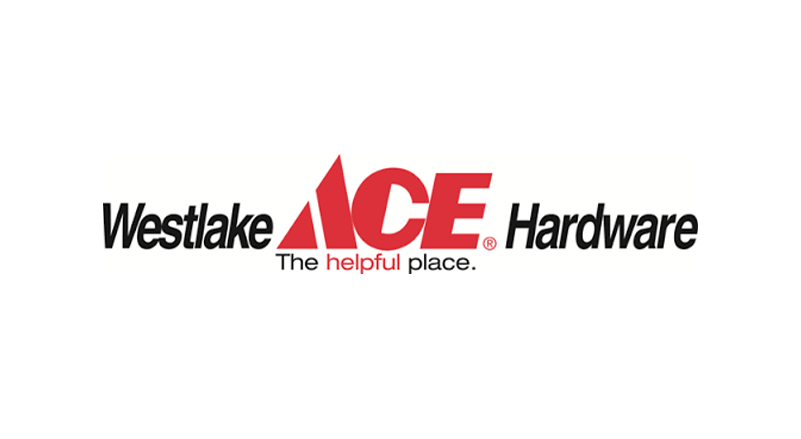Historic Buildings Getting Green Upgrades
A recent article on CleanTechnica.com, (originally published on SolarLove.org,) examines how the owners of two very old, even historic, buildings in separate Midwestern cities have upgraded and gone green. The purpose of the article is to show that even the oldest buildings can be made environmentally friendly and modern, without completely breaking budget to pull it off.
The first project reviewed is the Modus Engineering building, (renamed Market One,) in Des Moines, IA. As a company, Modus Engineering designs energy efficient, LEED Certified buildings for their clients. Rather than building a state of the art facility from the ground up, the choice was made to turn an old brick warehouse into a highly efficient, modernized facility.

Market One, photo courtesy of Modus Engineering
The now "net-zero" facility renovation began with energy efficient windows and LED lighting upgrades. Another high efficiency feature in place is the ground based geothermal system installed to heat and cool the building. Furthermore, two solar panels were installed, one each on both the building itself and the covered parking, combining to produce more than one megawatt-hour of electricity on sunny days.
In regards to the project, Justin Doyle, a principle with Modus Engineering, states, "Sustainability doesn't mean freakishly expensive. It doesn't mean these wild systems. It can be economically justifiable. It just takes the right design."
The second project is Laclede Lofts in St. Louis, MO. The 50-unit apartment building, located near St. Louis University, used to be a pharmaceutical factory. A 98-panel solar array was put in place on the old facility, expected to produce 25 kilowatts of electricity. Based on conservative projections, the solar array should generally cover 62% of the building's energy needs.

Laclede Loft solar array, photo courtesy of Microgrid Solar
Additionally, to raise public awareness to the project, a link has been added to the Laclede Loft website where you can monitor power generation and compare both financial and carbon emission savings each day. Not only has an old building been brought current by means of energy savings, but today's technology is making it possible for anyone and everyone to view in real time the difference being made for the environment.
For more details on the green upgrades, stop by Steve Hanley's article. It is truly remarkable how much change is possible when it comes to making old buildings more efficient. Even more astounding is how quickly the investment made for a project like those described can pay for itself. For more information on energy savings, be sure to contact our offices.





